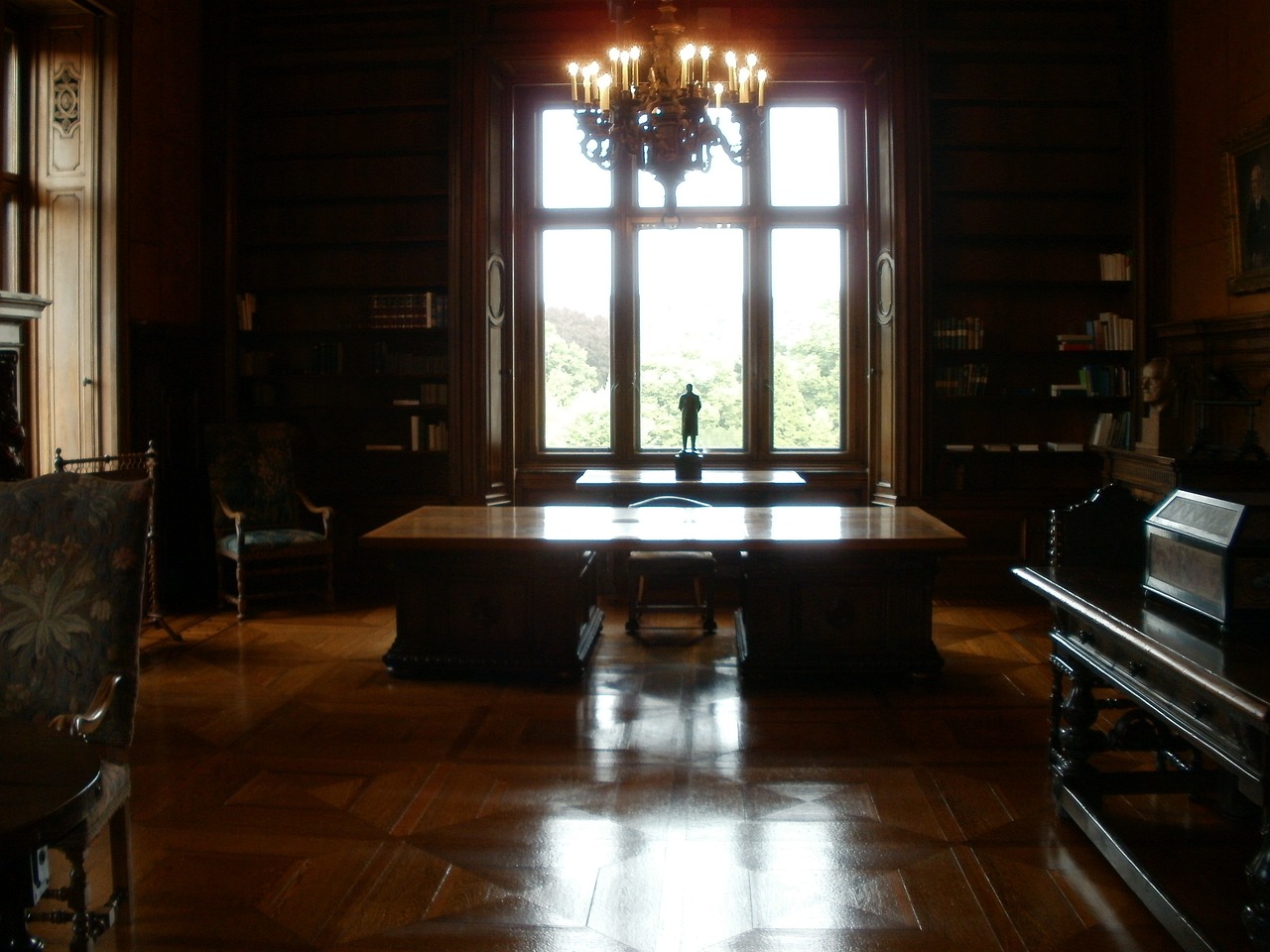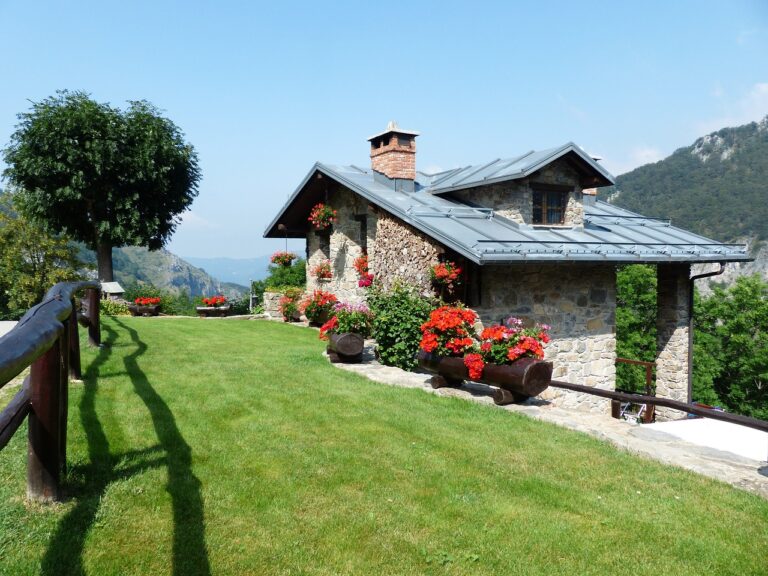Reviving Old Wood Furniture: Techniques for Refinishing and Staining
One common mistake to avoid when refinishing old wood furniture is skipping the crucial step of sanding. Sanding helps to smooth out imperfections and create a clean surface for paint or stain to adhere to. Without proper sanding, the finish may not adhere properly and the final result may look uneven or messy.
Another mistake to steer clear of is rushing the process. Refinishing old wood furniture requires patience and attention to detail. Rushing through steps like sanding, applying primer, or allowing adequate drying time can lead to a subpar finish. It’s important to take your time and follow each step meticulously to achieve a professional-looking result.
Choosing the Right Tools and Materials for Refinishing
When embarking on the task of refinishing old wood furniture, selecting the appropriate tools and materials is essential for achieving a successful outcome. One of the most important tools you will need is a good quality sander. Depending on the condition of the furniture, you may opt for a hand sander for smaller areas or a power sander for larger surfaces. Additionally, having sandpaper in various grits is crucial for smoothing out rough patches and preparing the wood for staining or painting.
In terms of materials, choosing the right finish is key to protecting the wood and enhancing its appearance. Whether you prefer a matte, satin, or glossy finish, ensure that it is suitable for wood furniture and will provide the desired level of durability. Stain or paint in the color of your choice, as well as brushes or rags for application, are also necessary components for refinishing old wood furniture. By investing in the right tools and materials, you can transform a worn-out piece into a beautiful and revitalized treasure.
Preparing the Surface of Old Wood Furniture for Refinishing
To effectively prepare the surface of old wood furniture for refinishing, begin by thoroughly cleaning the piece. Remove any dust, dirt, or grime using a soft cloth or vacuum cleaner with a brush attachment. This step is crucial as a clean surface will ensure the new finish adheres properly to the wood.
Next, inspect the furniture for any existing finish or coatings. If there are layers of old paint, varnish, or lacquer, they must be removed before applying a new finish. Use a paint stripper, sandpaper, or a heat gun to carefully strip away the old finish. Be sure to follow the manufacturer’s instructions and work in a well-ventilated area to avoid inhaling fumes.
Why is it important to prepare the surface of old wood furniture before refinishing?
Preparing the surface of old wood furniture before refinishing is crucial because it helps to remove any old finish, dirt, or imperfections that may affect the final result of the refinishing process. It also ensures that the new finish will adhere properly to the wood.
What are some common mistakes to avoid when refinishing old wood furniture?
Some common mistakes to avoid when refinishing old wood furniture include not properly sanding the surface, applying too much or too little stain or finish, not allowing enough drying time between coats, and not properly cleaning and prepping the wood before refinishing.
What tools and materials are needed for refinishing old wood furniture?
Some tools and materials needed for refinishing old wood furniture include sandpaper or a sanding block, wood stain or paint, a paintbrush or foam brush, a clean cloth for wiping down the surface, wood filler for any holes or cracks, and a clear finish or sealant.
How should I prepare the surface of old wood furniture for refinishing?
To prepare the surface of old wood furniture for refinishing, start by sanding the entire piece to remove any old finish or imperfections. Fill in any holes or cracks with wood filler, then wipe down the surface with a clean cloth to remove any dust or debris. Finally, apply a wood stain or paint as desired, followed by a clear finish or sealant for protection.







